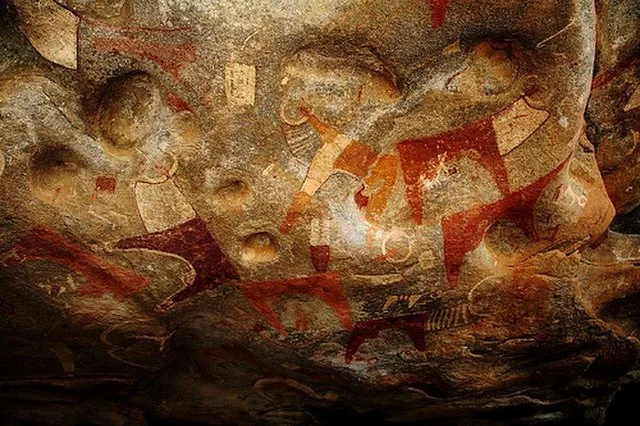Laas Geel is a complex of rock shelters and caves located in Somaliland. These caves contain some of the earliest known examples of rock art in the Horn of Africa. The paintings date back to between 9,000 BC and 3,000 BC, making them some of the oldest rock art in Africa.
Get your dose of History via Email
Discovery of Laas Geel
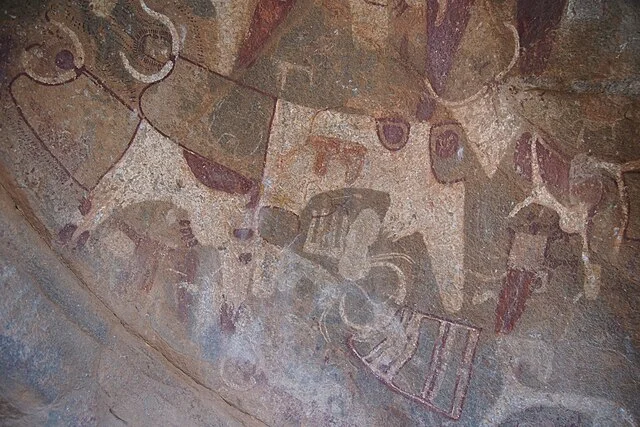
In 2002, a team of French archaeologists discovered the Laas Geel caves during an expedition. Prior to this discovery, the area had not been thoroughly examined, and the rock art was unknown to the outside world. The findings were significant due to the age of the paintings and their excellent preservation.
Artistic Significance
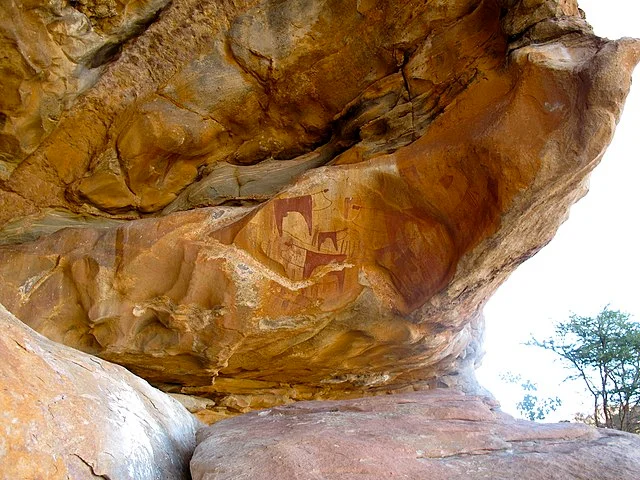
The paintings at Laas Geel depict a variety of scenes, including domesticated animals, human figures, and geometric patterns. The most notable images are those of cattle, which are shown adorned with ceremonial robes. These depictions suggest the importance of cattle to the society that created the art. The figures are rendered in vivid reds, yellows, and whites, using natural pigments. The paintings are well-preserved due to the dry climate of the region, which has helped protect them from erosion.
Cultural and Historical Context
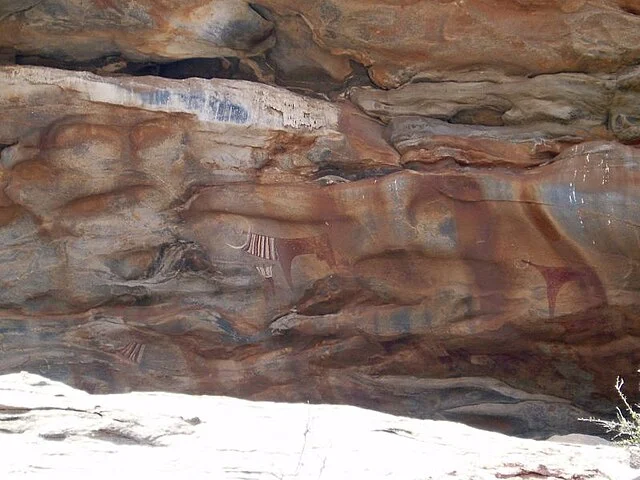
The rock art of Laas Geel is believed to be linked to the Neolithic period when pastoralist societies dominated the Horn of Africa. The paintings reflect the importance of cattle herding and suggest the existence of a ritualistic culture. The images offer insight into the daily life, religious practices, and social structures of the people who lived in the region during this period.
Preservation and Challenges
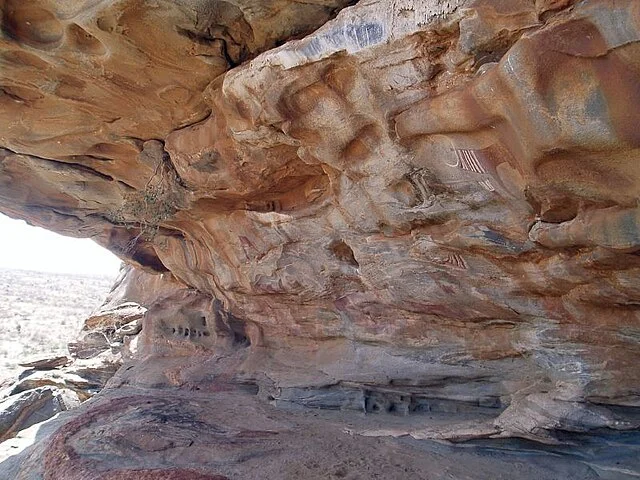
Despite the significance of Laas Geel, efforts to protect and preserve the site have been limited. Somaliland’s political status as a self-declared but internationally unrecognized state complicates international efforts to preserve the site. While the caves have attracted some tourism, the lack of resources and infrastructure makes it difficult to fully protect the paintings from potential damage.
Conclusion
Laas Geel provides invaluable insights into early human life in the Horn of Africa. The paintings offer a glimpse into the social, cultural, and religious practices of ancient pastoralist societies. However, due to its remote location and the political challenges facing Somaliland, ongoing efforts to preserve and study Laas Geel are critical.
Source:

